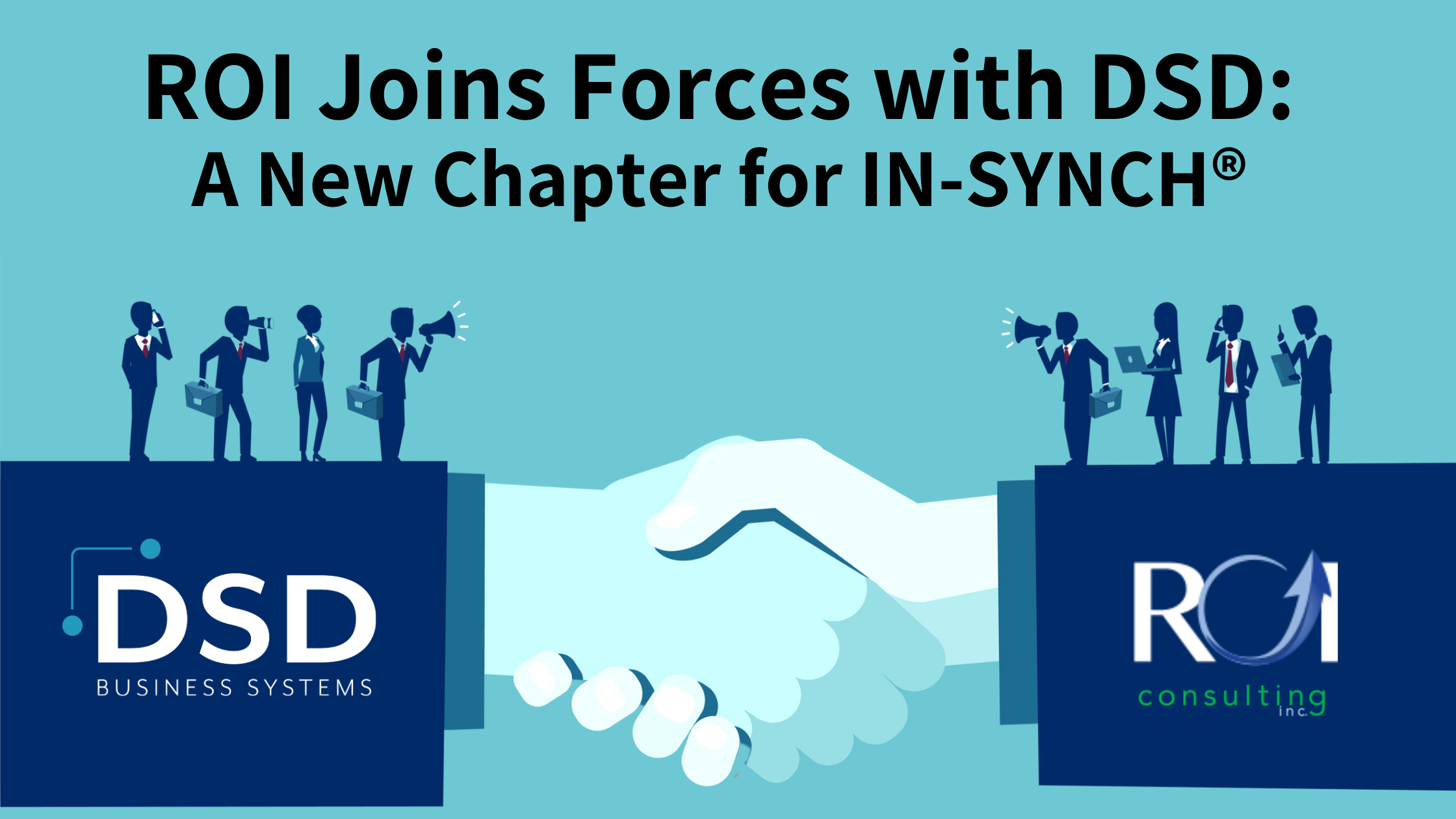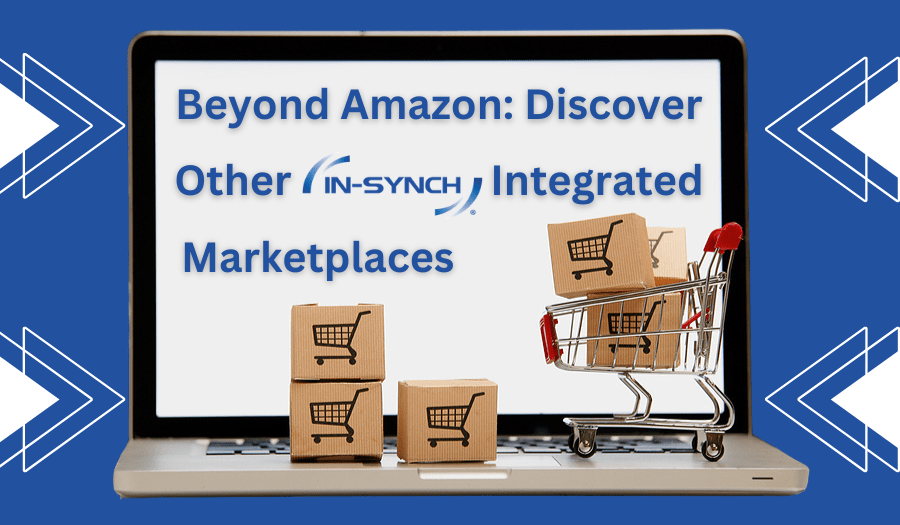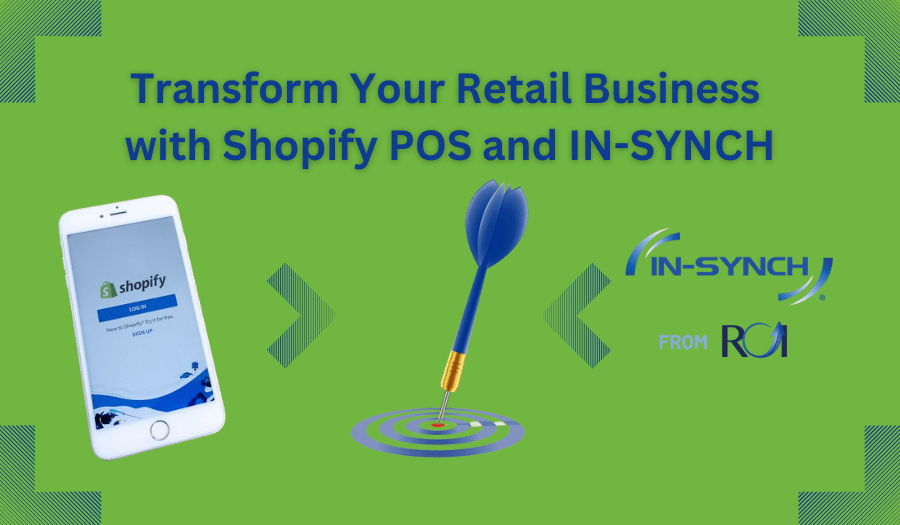By Ruth Richter • January 10, 2018

It’s about Customer Experience
Knowing the data on your customers isn’t enough. You need to know how to trace that data to map the customer experience. We’re all aware that customer experience is the biggest differentiator for retailers. One retailer may not have the better price, but if they offer a better experience—immediate shipping, excellent customer service, an intuitive shopping cart process, to name a few—customers are willing to pay for the non-tangibles that create what they perceive as a better value.
Inform the Journey with Data
It is possible to build a stronger customer experience using your data and not get overwhelmed.
- Define your advantages: Do you ship same-day? Perhaps you have a particularly enticing loyalty rewards program, or you make it easy to return if a customer needs a different size or color item. Plan to highlight these strengths on your biggest sales channels. Here you can use the data to determine where the majority of your sales come from, be they online or offline. This allows you to focus on the areas that direct customers specifically to you.
- Map the customer’s route: Your goal here is to understand the most common ways that your customers interact with you in order to improve their experience in those interactions. How do your customers get to you? When you sell online, it’s important to know if customers are finding you largely through direct referrals, search engines, third-party shopping carts, or even social media. Knowing where they came from helps you better direct them where to go next.
- Compare and connect: Does your customer route map line up against what your data is telling you? Look at the points where a customer comes in contact with your business and leaves data behind. This should help you narrow down what data is relevant and what is simply extraneous noise.
- Orchestrate: Once you can accurately map your customers’ journeys and connect that to areas to improve customer experience, find ways to create that ideal experience by leveraging what customer data is telling you about behavior to direct that behavior where you want it to go on the next visit. Align your messaging with what the customer data indicates customers want to see when they arrive at a certain place. Few things will harm your customer experience as badly as trying to push a customer where they don’t want to go. But if, through data mapping, you can ensure your messaging aligns with their needs, you may find that it becomes a whole lot easier for that customer to click “Buy” at the end of their journey … and then tell ten friends about how great your site is.
Keep the Data Flowing with IN-SYNCH
If you’re struggling to make that connection with your data sources, ROI Consulting can help! Our market-leading Sage 100 integration solution, IN-SYNCH, provides real-time bidirectional synchronization that ensures your data flows back and forth between your disparate sources. Feed data from your website and third-party e-commerce sites (such as Amazon, eBay, Shopify, and more) directly into Sage 100 to easily analyze site traffic, predict customer paths, and determine how to better influence the customer journey.
Stay focused on the data that really matters. To see how Sage 100 cart integration with IN-SYNCH can impact your data for a better customer experience, visit ROI Consulting or speak with someone at ROI Consulting today. Contact ROI Consulting online or call us at 402-934-2223, ext. 1.




